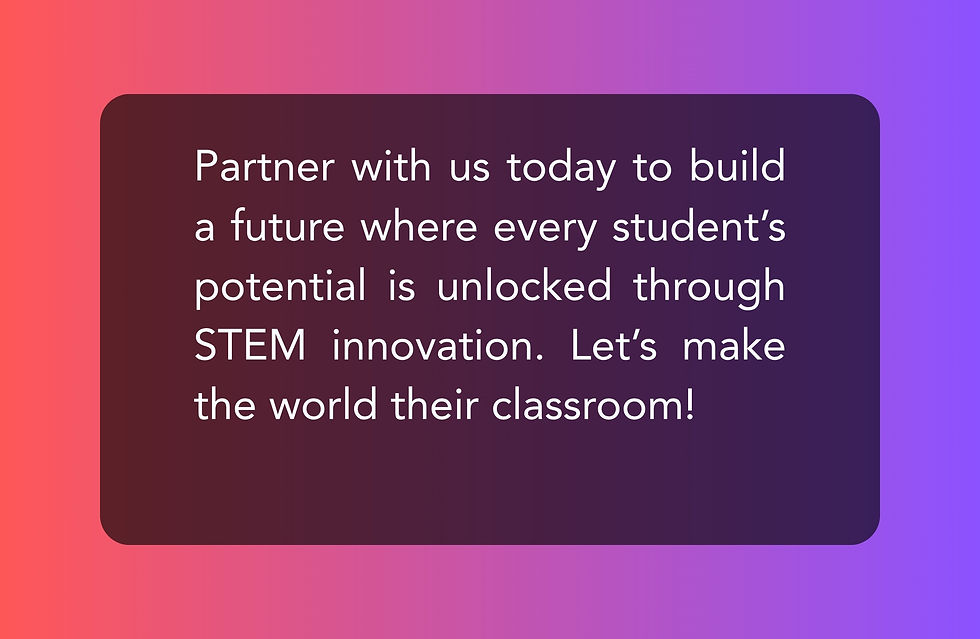
Benefits of STEAM




STEAM education in primary schools ignites curiosity and a love for learning by engaging students in science, technology, engineering, arts, and mathematics. Early exposure fosters critical thinking and problem-solving skills, helping students excel across disciplines. Hands-on activities, such as building machines, design and coding, enhances creativity, knowledge retention and application. STEAM promotes teamwork and communication, preparing students for future collaboration. Integrating STEAM into primary education establishes a foundation for lifelong learning and essential skills to thrive in a technological world. Partner with us today to create an impactful educational experience for your primary school students.
STEM Resources
Code.org
Summary: A leader in promoting computer science education, Code.org provides engaging lessons and activities for students of all ages. Its resources include comprehensive lesson plans for teachers, helping to cultivate problem-solving skills.
Benefits: Free to use, fosters a collaborative classroom environment, and supports a strong foundation in coding fundamentals.
Scratch.mit.edu
Summary: Designed by the MIT Media Lab, Scratch allows students to create interactive stories, games, and animations through a visual programming language.
Benefits: Encourages creativity, critical thinking, and collaboration. Excellent for introducing younger students to programming concepts.
Harvard.edu
Summary: Offers access to a wealth of resources and articles focused on the latest research and innovations in various fields, including genetics and education technology.
Benefits: Keep up-to-date with cutting-edge research that can inspire interdisciplinary learning and discussion topics in your classroom.
Join us to craft future-ready students equipped with essential skills and a passion for innovation. Partner with us today to create an impactful educational experience for your primary school students.











